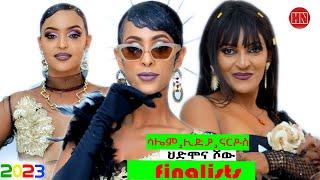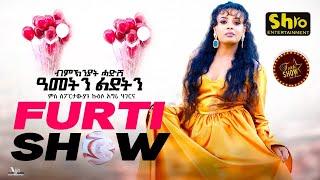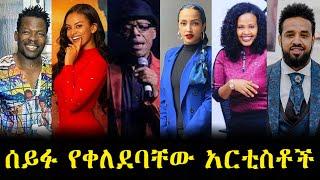Description
Contestant teams usually consisted of one male and one female, most selected from the studio audience. More Groucho: https://www.amazon.com/gp/search?ie=UTF8&tag=tra0c7-20&linkCode=ur2&linkId=b5a9a56d226b935136eaa9cf963fea9b&camp=1789&creative=9325&index=dvd&keywords=groucho%20marx
Occasionally, famous or otherwise interesting figures were invited to play (e.g., a Korean-American contestant who was a veteran and had been a prisoner of war during the Korean War).
After his signature introduction of "Here he is: the one, the only..." by Fenneman and finished by a thunderous "GROUCHO!" from the audience, Marx would be introduced to the music of "Hooray for Captain Spaulding", his signature song. After which, Groucho would be introduced to the contestants and engage in humorous conversation for a lengthy period of time where Groucho both improvised his responses and employed prepared lines written by the show's writers using preshow interviews.
Some show tension revolved around whether a contestant would say the "secret word", a common word revealed to the audience at the show's outset. If a contestant said the word, a toy duck resembling Groucho with a mustache and eyeglasses, and with a cigar in its bill, descended from the ceiling to bring a $100 bill. A cartoon of a duck with a cigar was also used in the opening title sequence. In one episode, Groucho's brother Harpo came down instead of the duck, and in another a model came down in a birdcage with the money. Marx sometimes slyly directed conversation to encourage the secret word to come up. The duck was also occasionally replaced with a wooden Indian figure.
After the contestants' introduction and interview, the actual game began. Couples chose from a list of 20 available categories before the show, then tried to answer a series of questions within that category. From 1947--1956, couples were asked four questions.
1947--1953 -- Each couple began with $20, wagering part or all of their bankroll for each question.
1953--1954 -- Each couple now began with $0, but selected values from $10 to $100 (in $10 increments). A correct answer added the value of the question to their bankroll, while an incorrect answer did nothing. According to co-director Robert Dwan in his book As Long As They're Laughing, Guedel changed the scoring format because too many couples were betting, and losing, most or all of their money.
1954--1956 -- The format was slightly altered to start each couple with $100. Incorrect answers now cut their bankroll to that point in half.
1956--1959 -- Two couples (reduced from three) answered questions until they either gave two consecutive incorrect responses or answered four consecutive questions correctly for a prize of $1,000.
1959--1961 -- For the last two seasons, couples picked four questions worth $100, $200, or $300 each, potentially winning up to $1,200. Winning at least $500 qualified the team to go for the jackpot question.
From 1947--1956, if the couple ended with $25 or less, Marx asked an elementary consolation question for a total of $25 (later $100) which did not count toward the scores. The questions were made easy in hopes that nobody would answer incorrectly, and included such examples as "Who is buried in Grant's Tomb?", "When did the War of 1812 start?", "How long do you cook a three-minute egg?", and "What color is an orange?" The question about Grant's Tomb became such a staple of the show that both Marx and Fenneman were shocked when one man got the question "wrong" by answering "No one". As the contestant then pointed out, Grant's Tomb is an above ground mausoleum.
In all formats, one of the two players on the team could keep their half of the winnings while the other risked their half. In this case, all amounts being played for were divided in half.
1947--1956 -- The highest-scoring couple was given one final question for the jackpot, which began at $1,000 and increased by $500 each week until won (reaching $6,000 at least once, in 1952). In the event of a tie, the tied couples wrote their answers on paper and all couples who answered correctly split the jackpot.
1956--1957 -- For a brief period following the format change, couples who won the front game could wager half on another question worth $2,000.
1957--1959 -- Winning couples now faced a wheel with numbers from 1--10, selecting one number for $10,000. If the number selected was spun, a correct answer to the jackpot question augmented the team's total winnings to that amount; otherwise, the question was worth a total of $2,000.
1959--1961 -- For the last two seasons, the format was slightly altered to eliminate the risk and add a second number for $5,000.
http://en.wikipedia.org/wiki/Groucho_Show
![Hide and Show Div using jQuery | On Click Hide and Show Div [HowToCodeSchool.com]](https://www.nilevideo.com/uploads/thumbs/38a39b154-1.jpg)












